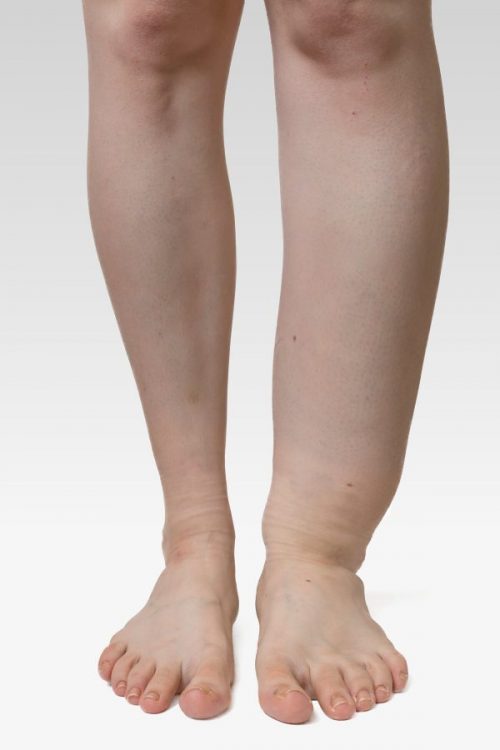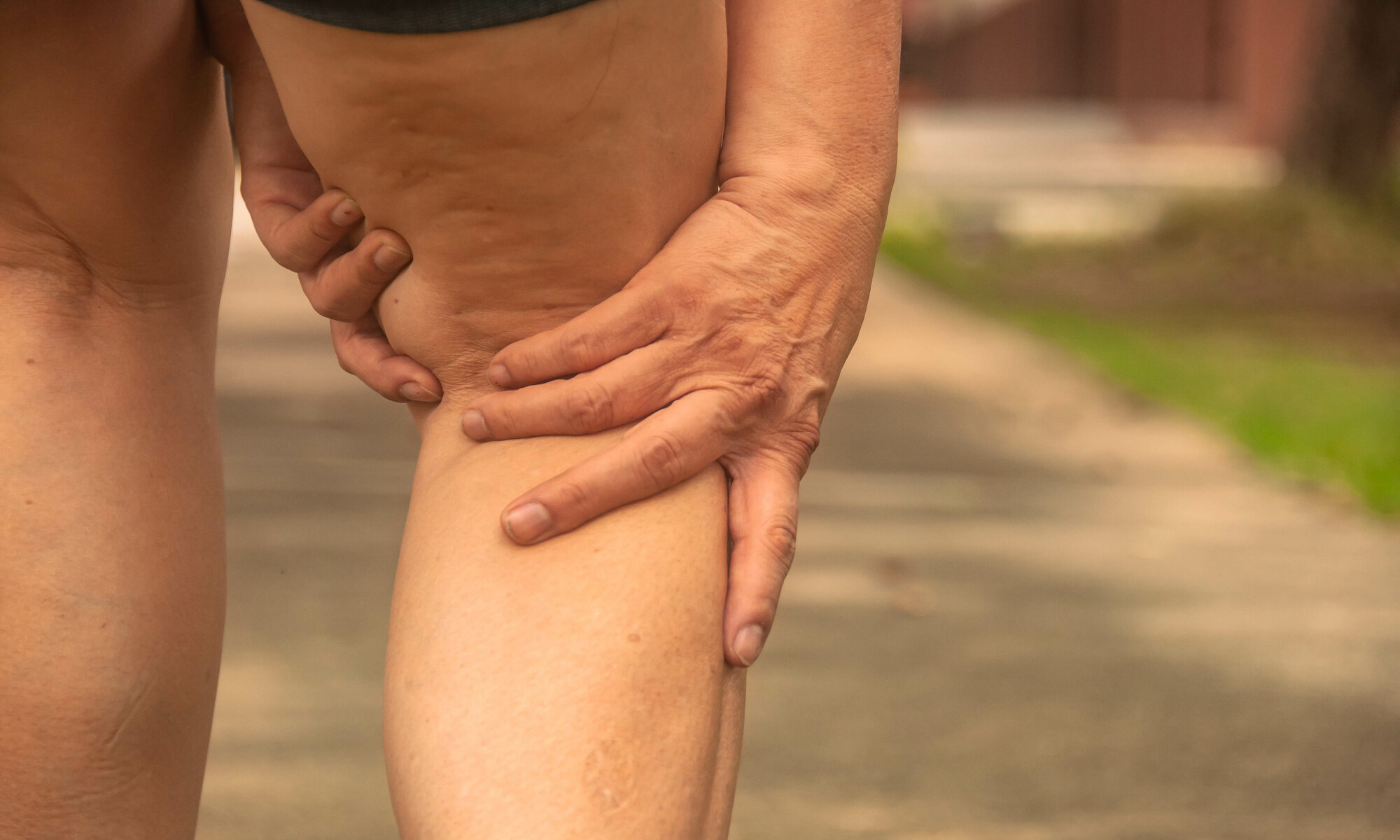In such a case, rapid diagnosis by means of physical examination and duplex sonography of the leg is necessary to prevent progression of the disease with possible, not infrequently fatal pulmonary embolism. In this case, in addition to a laboratory examination, the physician may also perform duplex sonography of the leg veins to make the diagnosis. Venous thrombosis is treated by blood thinning (with heparin injections or anticoagulants in tablet form) and compression therapy using compression stockings.
Another cause of one-sided leg swelling is venous weakness, which is either congenital and manifests itself in the course of life (e.g. in the course of pregnancy but also without any specific trigger). This is often accompanied by varicose veins (from spider veins to truncal varicosis). Here, a weakness of the venous valves leads to a reversal of flow in a section of the vein, which results in an increase in pressure in underlying sections of the vein and thus to the appearance and emergence of varicose veins and also frequently to leg swelling. Occasionally, there is a feeling of heaviness in the legs and also skin changes, which can be accompanied by itching and can even lead to non-healing open ulcers (ulcus cruris). Feelings of tension are also common. Varicose vein treatment can then help to improve the symptoms. Compression stockings are also frequently prescribed. Treatment of spider veins, on the other hand, is only cosmetic in nature.
Unilateral leg swelling can also occur in the context of orthopedic diseases: For example, if a synovial cyst develops as part of wear and tear of the knee joint (e.g., osteoarthritis), this can lead to feelings of pressure in the knee joint and, if the cyst ruptures, to swelling of the entire lower leg. An orthopedic presentation would then be indicated.
One-sided leg swelling can also occur in the context of an infection (erysipelas). Bacteria can penetrate the skin through small injuries to the skin on the foot (for example, also in the case of athlete’s foot). There they multiply and cause a bacterial inflammation that requires immediate antibiotic therapy. In erysipelas, a painful, flaming redness of the skin is typical. Painful joint inflammation or a very painful attack of gout can also be accompanied by unilateral leg swelling as well as redness, in which case the swelling and redness occur in the area of the inflamed joint (e.g. ankle joint or metatarsophalangeal joint). In this case, anti-inflammatory therapy with medication is usually required.
An operation (e.g. hip replacement) can also cause swelling of the operated leg postoperatively, as hematomas can develop during the operation, which cause leg swelling; in addition, lymphatic channels can also be damaged by the operation. Leg swelling after hip surgery is treated with activating physiotherapy and lymphatic drainage.
A severe acute circulatory disorder can also cause one-sided leg swelling; in this case, massive pain occurs in the context of a so-called compartment syndrome, which requires immediate therapy. A rare cause of unilateral leg swelling is Lyme disease.
Bilateral leg swelling often has systemic causes:
Acute or chronic heart failure is also frequently accompanied by leg edema. Renal insufficiency and liver insufficiency also cause leg swelling. In these cases, further examinations in the corresponding specialist fields are necessary. A protein deficiency due to malnutrition can also cause leg swelling, usually on both sides.
There are also oncological causes of leg swelling: In the context of abdominal processes/tumors, lymphatic pathways in the small pelvis can be affected, resulting in unilateral or bilateral leg swelling. Also after abdominal surgery or after radiation of the abdominal cavity in the context of oncological treatments, unilateral or bilateral lymphedema may occur. In this case, lymphatic drainage as well as the provision of compression stockings is necessary in addition to the search for the cause. Lymphedema can also be a congenital cause of leg swelling on one or both sides.
Less frequently, leg swelling occurs in the context of hormonal disorders, for example, if hypothyroidism (insufficiency of thyroid gland) occurs, myxedema may occur, localized mainly on the shins. Bilateral leg swelling can also occur in the context of obesity, and the connection between obesity and lymphedema has been scientifically proven. Medications can also be the cause of bilateral leg swelling, especially some blood pressure medications or antidiabetic drugs, hormones and anti-inflammatory drugs can trigger it. If a medication side effect is suspected, an omission test can be helpful.


